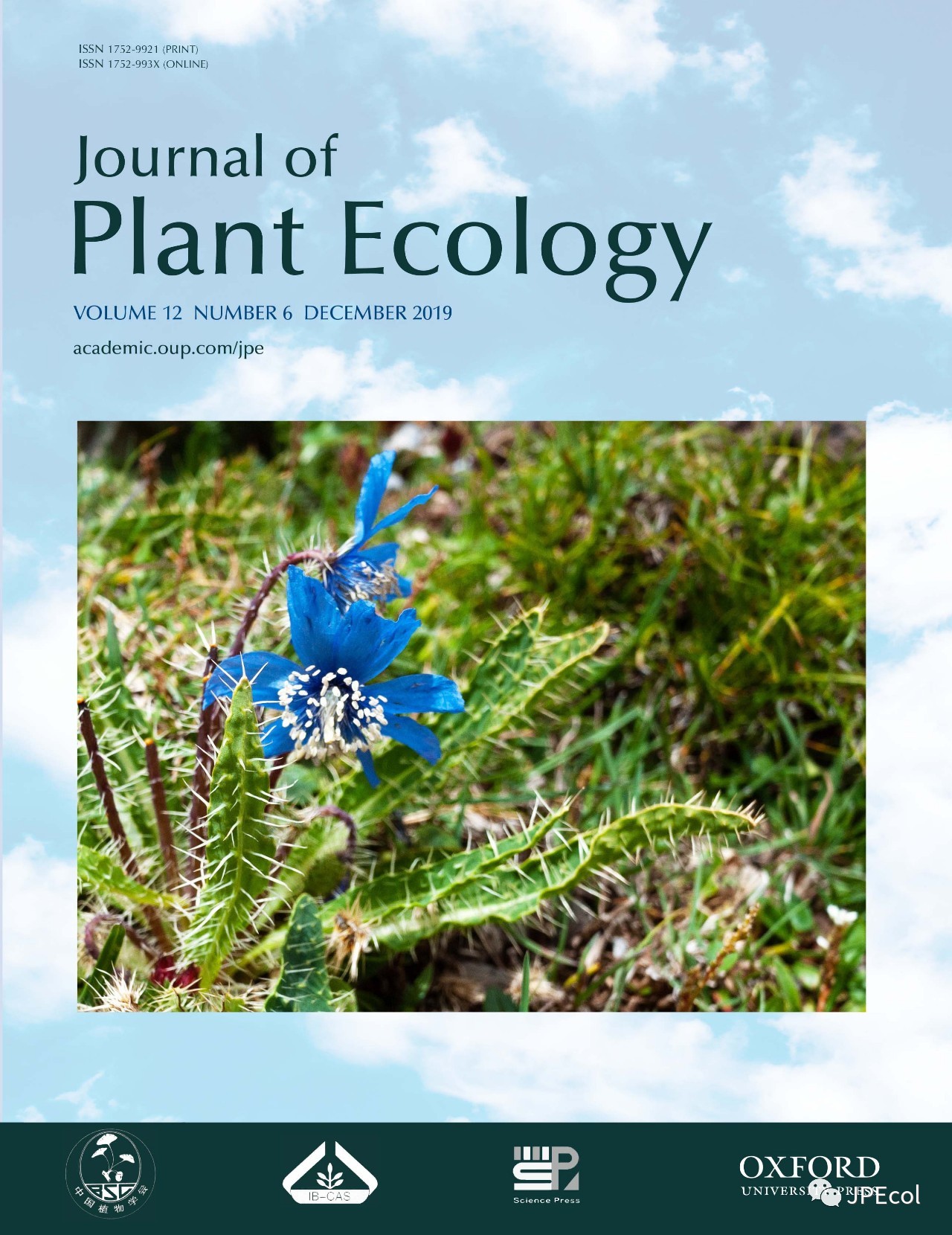Aims
Grasslands used for animal husbandry are chosen depending on the nutritive values of dominant herbage species. However, the influence of grazing in combination with precipitation and growing season on the nutritive values of dominant species has not been explicated.
Methods
To unveil the influence of the different grazing intensities on the nutritional values, an ecological study was formulated, namely fencing (G0), light grazing (G1), moderate grazing (G2) and high grazing (G3). This ambitious study was undertaken on the nutritive values of the four dominant species of herbage in an alpine meadow on the Qinghai-Tibet Plateau (QTP) during growing season (June–September) for two successive years, namely 2015 (rainy year) and 2016 (droughty year).
Important Findings
We found that (i) the nutritive value of Kobresia capillifolia, Polygonum viviparum and Caragana sinica was noticeably increased by grazing, but negligible effect on Potentilla fruticosanutritive value was recorded. (ii) During the rainy year (2015), compared with G0, Polygonum viviparum and Potentilla fruticosa displayed 5.4 and 1.5% increases in the crude protein (CP) content and 8.5 and 2.4% increases in vitro true digestibility (IVTD), respectively, while the neutral detergent fibre (NDF) decreased by 13.5 and 0.9%, respectively. During the droughty year (2016), compared with G0, C. sinica and Potentilla fruticosa showed increases in the CP content by 4.3 and 1.3% and increases in the IVTD by 10.7 and 0.4%, respectively, during G3, while the NDF decreased by 6.0 and 1.0%, respectively. (iii) The nutritive values of all species were higher in the years when the rains were good. However, the nutritive values suffered heavily during drought conditions. Besides, the highest and lowest values of nutrition were detected in June and in September, respectively. The inter-seasonal and the inter-annual changes in the nutritional values of species were higher for K. capillifoliaand Polygonum viviparum than for Potentilla fruticosa and C. sinica, suggesting that Potentilla fruticosa and C. sinica had higher water-use efficiency. (iv) Grazing clearly reduced the drought tolerance of three species and showed no effects on Potentilla fruticosa. (v) Grazing clearly increased the inter-month variation in the nutritional value of K. capillifolia and Polygonum viviparum but showed no effects on Potentilla fruticosa or C. sinica. Evidently, the grazing effects impacting the nutritional value of the dominant species of herbage exhibited conspicuous inter-annual and seasonal variations with species-specific influences and responses. Our findings are expected to have far-reaching implications enabling the authorities to arrive at strategic decisions and designing of relevant policies for the efficient management of the ecosystems ensuring the speed restoration of the QTP under severe grazing and extreme climatic circumstances.
 Volume 12 Issue 6
Volume 12 Issue 6






